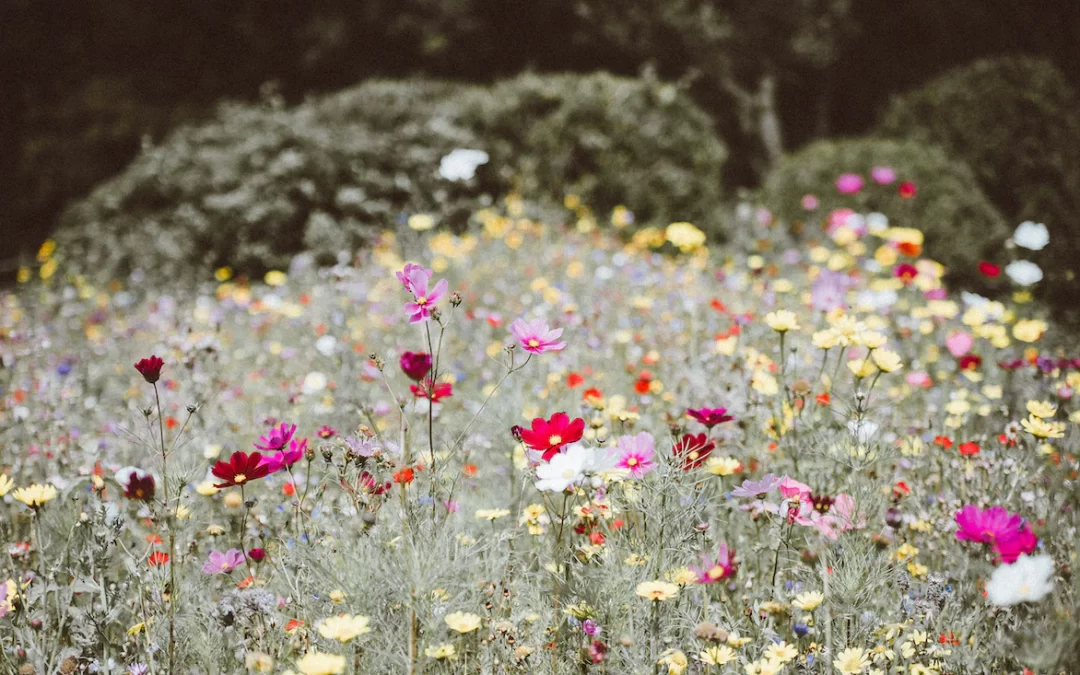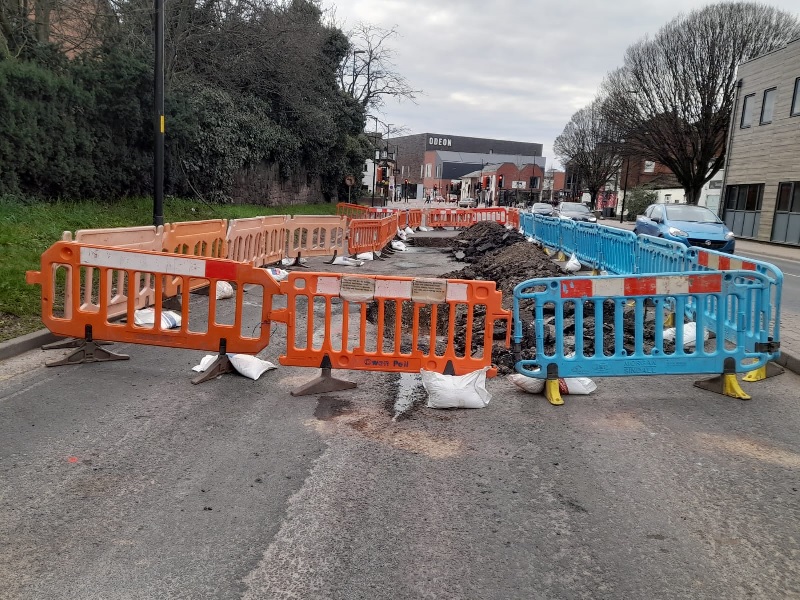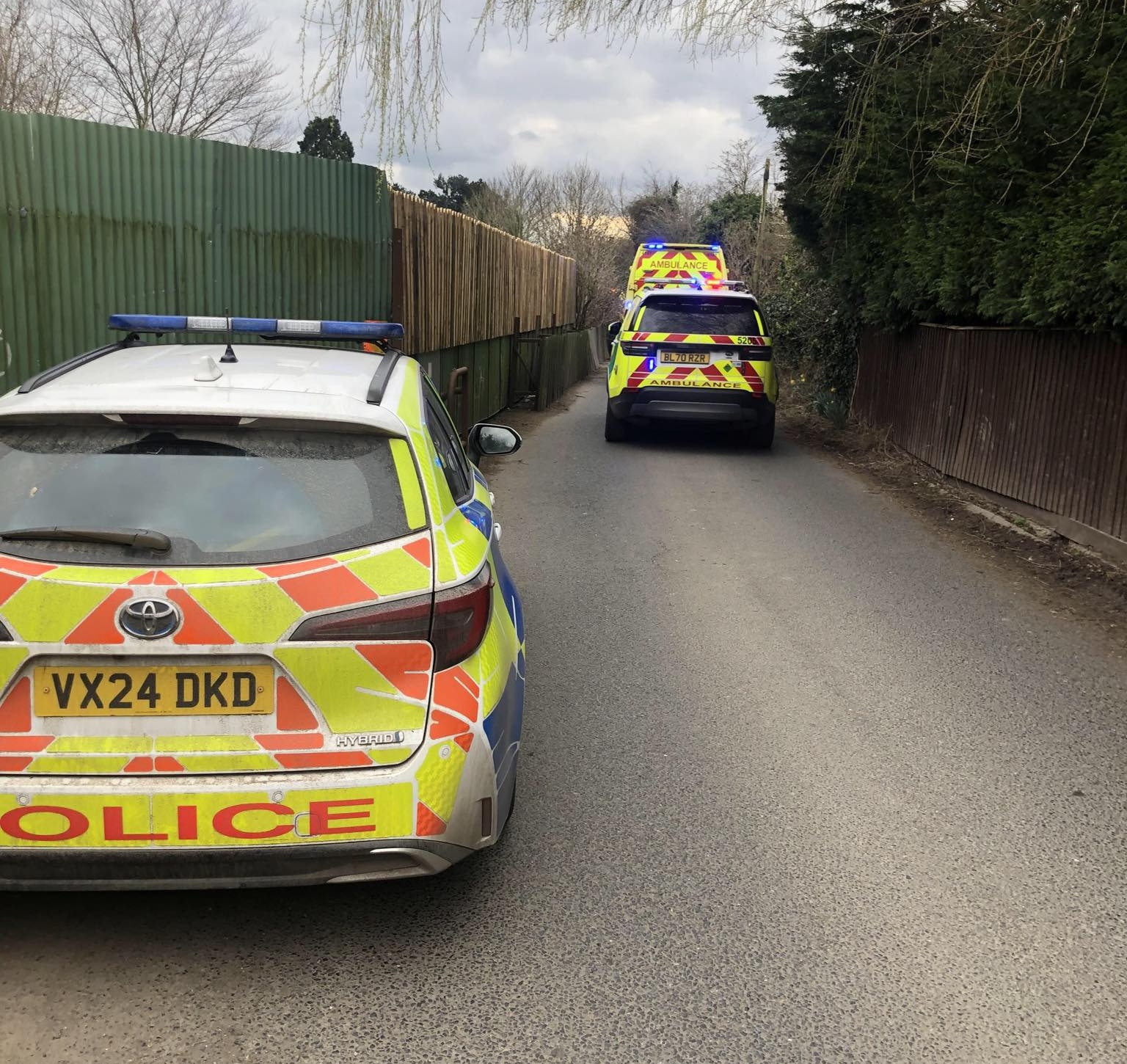An area of land on the outskirts of Hereford is to become haven for people and wildlife with wildflowers creating a home for bees, butterflies and even barn owls
Bartonsham Meadows lie within the meander of the River Wye to the south east of the city and are a popular place for walkers as they are circled and crossed by footpaths.
The meadows have been owned by the Church Commissioners for England since the 1850s and has previously been used for cattle grazing. From this spring, Herefordshire Wildlife will take on the management of the site, having signed a long-term lease, and plan to restore the meadows for wildlife and for people.
The Trust plans to restore the expanse of grassland, which is regularly inundated by the River Wye, to be wildflower meadows.
These will give a home to iconic meadow wildlife such as skylarks, barn owls and voles while pollinators including orange-tip butterflies and bumblebees will benefit from the spring and summer flowers.
It will take some time to restore the site which the Trust plan to reseed with locally sourced wildflower and grass seed before beginning sympathetic management through some seasonal cattle grazing as well as cutting the meadow annually and making hay.
They also plan to restore old hedgerows and consider reintroducing former ponds.
There are also plans to improve the public access by restoration of the existing footpaths.
The Trust’s Claire Spicer emphasises that this will be a space where people will be equally as welcome as the wildlife:
“The meadows are close to the heart of the local community and we want to make this a space for people to enjoy, where they can have access to nature and play a part in its management. It will take some time, and a lot of hard work, to restore the meadows to their full glory but it will definitely be worth it.
“Floodplain meadows such as this, on the banks of the River Wye, are increasingly rare but are a wonderful habitat for wildlife.
“They are also a key part of natural flood management. Ensuring these meadows are allowed to flood naturally means more water is held on the grassland and less is flowing downstream and potentially causing flooding.
“The more we can slow the flow and hold water in the landscape, the better we protect our urban areas.”
Friends of Bartonsham Meadow have campaigned for this site to be protected for wildlife and access for local residents.
Their Chair, Ruth Westoby says:
“This project has such potential to bring the local community together and provide solutions for regional flooding and river pollution and mitigate global climate change.”
Support has also come from Herefordshire Meadows whose coordinator Caroline Hanks welcomed the news:
“Bartonsham Meadows offers the opportunity for the restoration of a considerable area of floodplain meadow habitat.
“The importance of flower-rich flood plain meadows for hay making, grazing, natural flood management, water quality, soil health, carbon sequestration, wildlife and human well-being cannot be under-estimated.”
Guy Webb, Senior Asset Manager – Farmland Portfolio, at the Church Commissioners for England, the landowner says:
“The restoration project for Bartonsham Meadows provides the unique opportunity to work with the local community, improve the biodiversity and contribute to our net zero aspirations in a way that suits this particular property perfectly.
“We look forward to working closely with Herefordshire Wildlife Trust and to help deliver significant real world change.”
Herefordshire Wildlife Trust also own and manage a large part of Lugg Meadows Nature Reserve, another floodplain meadow on the eastern side of Hereford City, where the rare snake’s head fritillary, a wild flower which thrives on damp meadows, grows in abundance and curlew, otter and kingfisher are regularly seen.
Ensuring there are green spaces that people can access in and around the city is an important part of Herefordshire Wildlife Trust’s work.
There is strong evidence that accessible nature-rich spaces boost physical and mental wellbeing, and reduce mortality.
Yet one in three people in England cannot access nature near their home.[1]
The restoration is expected to take several years, the immediate problem being a two-year build-up of weeds, especially docks.
Residents, however, are already noticing a difference. “I miss the cows,” said one dog walker, “but this spring I heard skylarks singing and almost certainly nesting: that’s a first for a very, very long time.”
[1] https://www.wildlifetrusts.org/news/new-campaign-calls-legal-right-local-nature-levelling-reforms
Herefordshire Wildlife Trust is the largest member-based nature conservation organisation in the county, with over 6,500 members, 500 volunteers and 60 nature reserves across Herefordshire.
The Trust has 60 years’ experience of managing sites valuable to wildlife and people and runs a variety of projects and partnership initiatives from environmental education programmes to conservation projects to protect, restore and celebrate Herefordshire’s landscapes and wildlife.
The Trust is part of the federation of 46 Wildlife Trusts based across the British Isles.
Friends of Bartonsham Meadows formed in early 2020 in response to recent local land management practices, regional flooding, and the global climate crisis.
The working group comprises ecologists, archaeologists, activists, historians and conservationists.
The grass-roots group works with city residents, landowners and managers, wildlife and ecological experts, the Church and other stakeholders to create and conserve a thriving local environment on the meadows.




